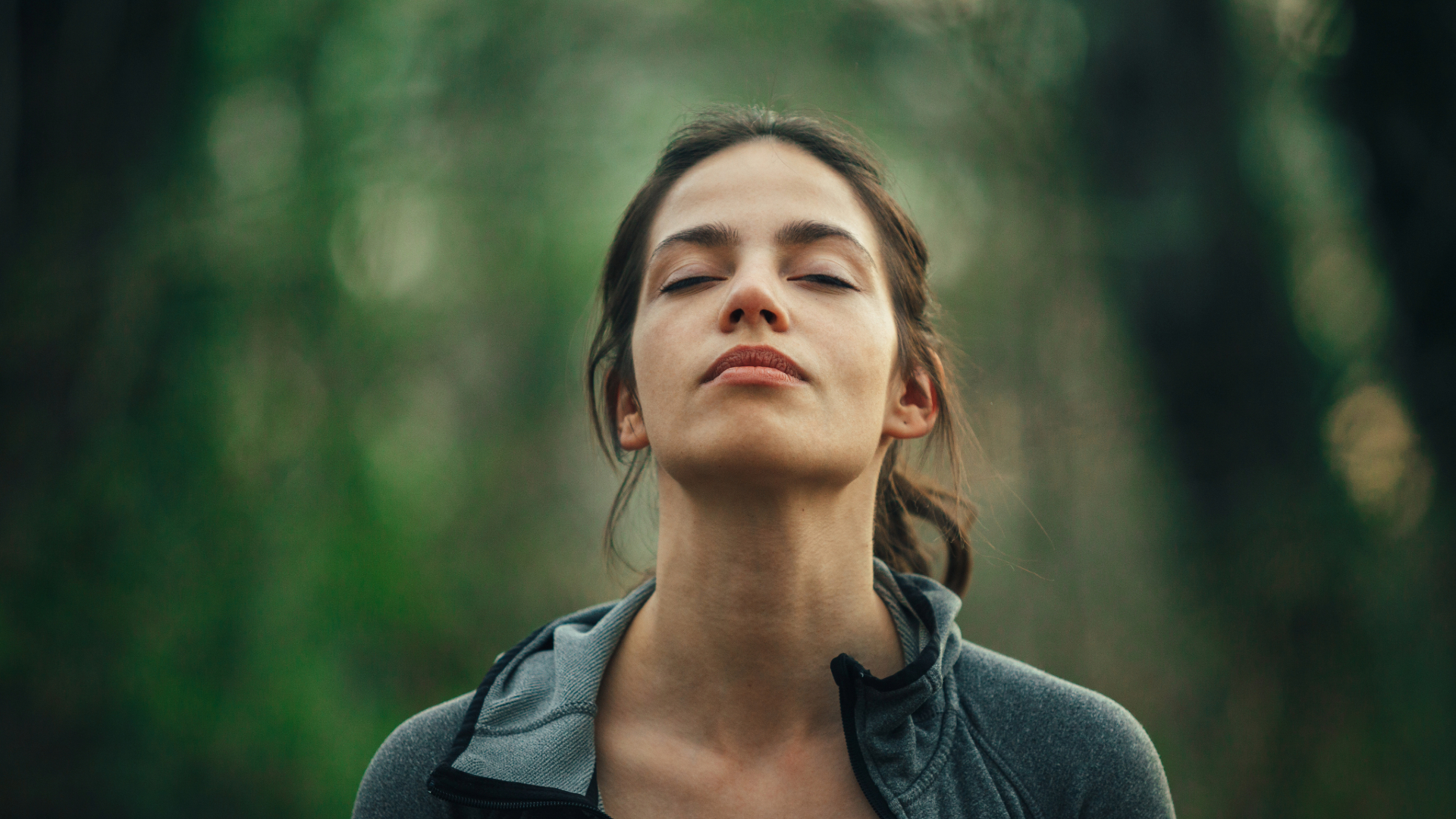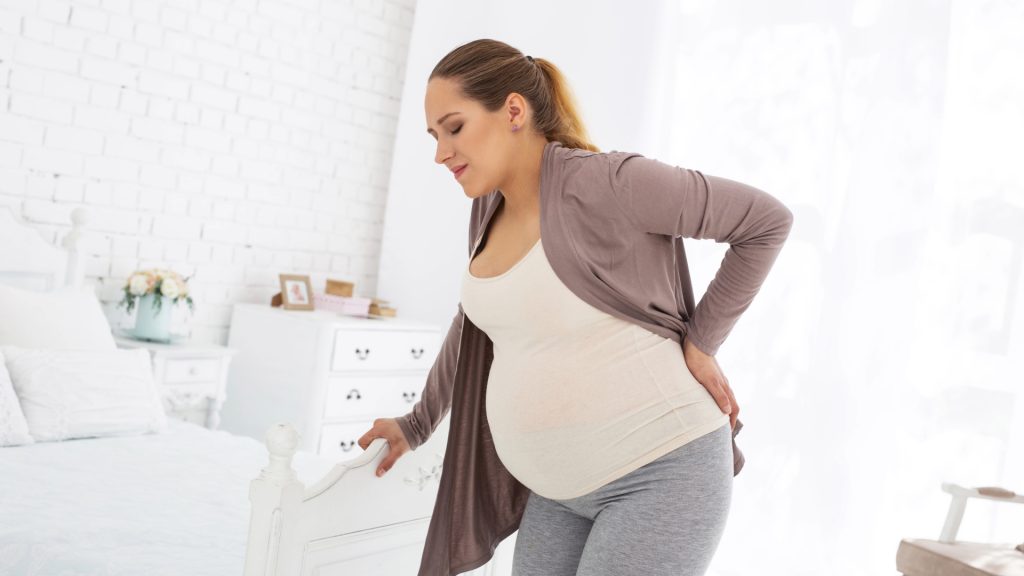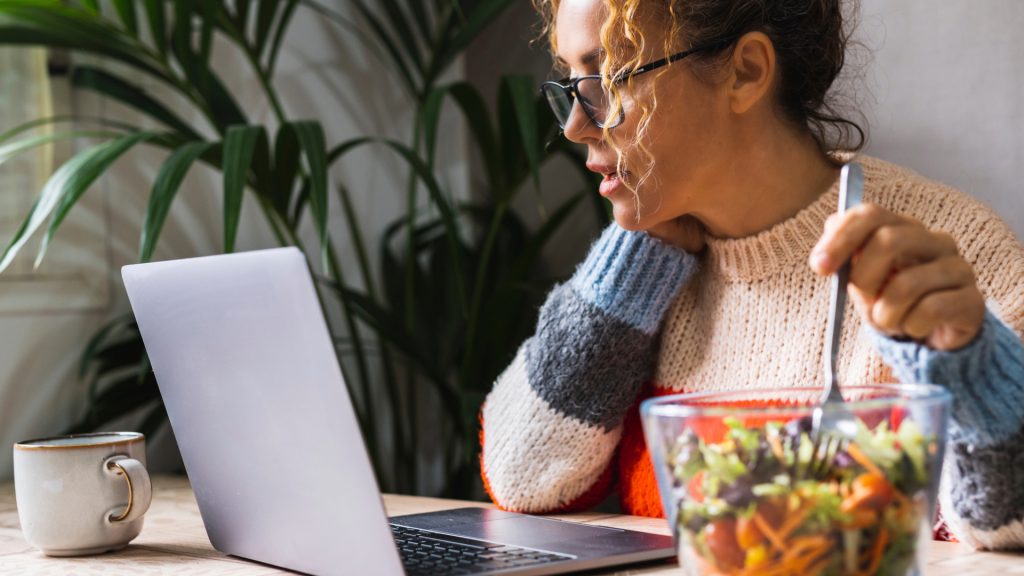
Relaxation techniques to reduce stress are an important ally of our health. Stress is an inevitable part of modern life and can be caused by a variety of factors, including work, relationships, health, and finance. When stress is chronic, it can have a negative impact on physical and mental health. Stress can cause a range of physical symptoms, such as headaches, muscle aches, digestive issues, and sleep problems, and it can also cause emotional symptoms, such as anxiety, depression, and anger.
Benefits of Relaxation Techniques
Relaxation techniques can help reduce stress and improve physical and mental health. Among the positive effects, it is worth mentioning the reduction of heart rate and blood pressure, lowering of levels of cortisol, the stress hormone, improvement of sleep quality, increase in concentration and memory, reduction of pain, improvement of mood and an overall increase in well-being. In short, relaxing means improving the quality of life in general. Although it is not always easy and often a break from what you are doing, it is not enough.
Types of Relaxation Techniques
Among the most widespread and used relaxation techniques are certainly deep breathing, progressive muscle relaxation, meditation, autogenic training and yoga.
Deep breathing
Deep breathing is a simple but effective technique for relaxing. It consists of breathing slowly and deeply through the nose, filling the abdomen. You should try to focus on your breath and relax your muscles as you inhale and exhale.
It is preferable to choose a quiet place without sources of disturbance, then close your eyes and focus on your breathing. The inhale will be deep, from the nose, so as to fill the entire abdomen. The exhalation, from the mouth, is complete and slow. 15 minutes is usually enough to get a good level of relaxation.
Progressive muscle relaxation
Progressive muscle relaxation is a technique that consists of contracting and relaxing muscles in a sequential manner. You start by contracting your muscles for about 5 seconds, then relax for 30 seconds. This is done for all the major muscle groups in the body.
Here, too, a trtanquillo place is preferable and also in this case you start by focusing on your breathing. Then you start to contract your forehead muscles for 5 seconds and relax them for 30. This is followed by all the other muscles of the face, neck, shoulders and then move on to the chest, back, legs and feet.
Meditation
Meditation is a practice that involves focusing one’s attention on an object or thought. It can be practiced in a number of ways, but the basic principle is to bring your attention to the present and let go of your thoughts and worries.
There are many different types of meditation. Some of the most common forms are focused, mindful, and transcendental.
Autogenic training
Autogenic training is a technique that involves using suggestion to induce a sense of relaxation. It is based on the idea that it is possible to influence one’s mind and body through thoughts and images. Autogenic training is a complex technique that requires some practice to learn. However, it can be very effective in reducing stress and improving physical and mental health.
Yoga
Always one of the most efficient and practiced relaxation techniques, yoga is a practice that combines physical exercises, breathing and meditation. It can be an effective way to reduce stress and improve physical and mental health. Yoga can be practiced by people of all ages and fitness levels, and there are many different types, so you can find a style that suits your needs.


